You should replace windows every 15-30 years depending on their quality, maintenance, and climate conditions. High-quality windows can last 20-30 years, while basic windows may need replacement in 10-15 years. Replace immediately if you notice air leaks, condensation between panes, difficulty operating, rotting frames, or rising energy bills. Regular maintenance can extend window life, but older single-pane windows should be replaced for energy efficiency regardless of condition.
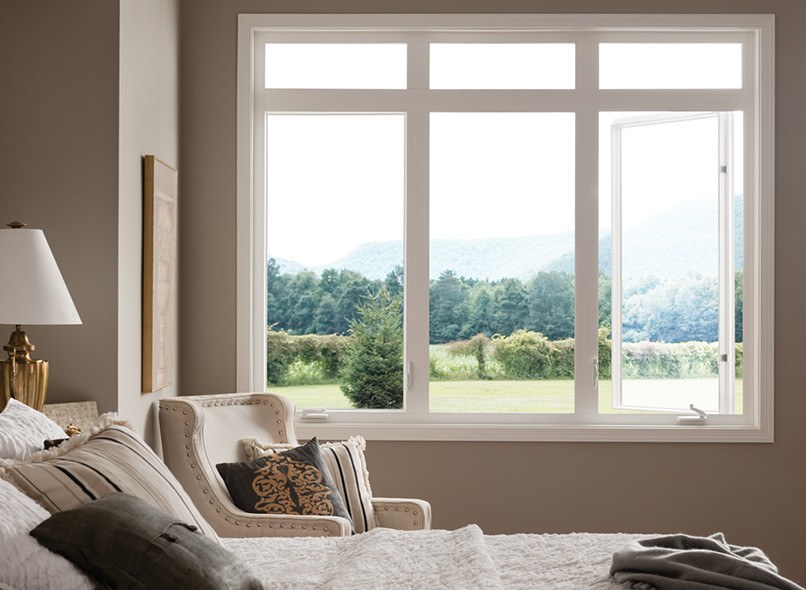
Understanding Window Lifespan by Material
Vinyl Window Longevity
Expected lifespan: 15-25 years
- High-quality vinyl: 20-25 years
- Standard vinyl: 15-20 years
- Budget vinyl: 10-15 years
Factors affecting vinyl window life:
- UV exposure and climate conditions
- Quality of welded corners and seals
- Thickness and formulation of vinyl
- Proper installation and maintenance
Signs vinyl windows need replacement:
- Warping or sagging frames
- Difficulty opening or closing
- Visible gaps in weatherstripping
- Fading or chalking of frame color
Wood Window Durability
Expected lifespan: 15-30+ years
- Well-maintained wood: 25-30+ years
- Moderately maintained: 20-25 years
- Poor maintenance: 10-15 years
Maintenance impact on longevity:
- Regular painting every 5-7 years extends life significantly
- Prompt repair of water damage prevents deterioration
- Climate protection reduces weathering
- Quality original construction affects long-term durability
Wood window replacement indicators:
- Rotting sills or frames
- Paint failure with wood exposure
- Swelling preventing proper operation
- Insect damage or decay
Aluminum Window Performance
Expected lifespan: 20-30 years
- Commercial-grade aluminum: 25-30 years
- Residential aluminum: 20-25 years
- Basic aluminum: 15-20 years
Aluminum advantages for longevity:
- Doesn’t rot, warp, or deteriorate
- Resistant to insects and weather
- Structural integrity maintained over time
- Low maintenance requirements
When aluminum windows need replacement:
- Corrosion in coastal environments
- Thermal bridge causing energy loss
- Outdated single-pane configurations
- Hardware failure or operation problems
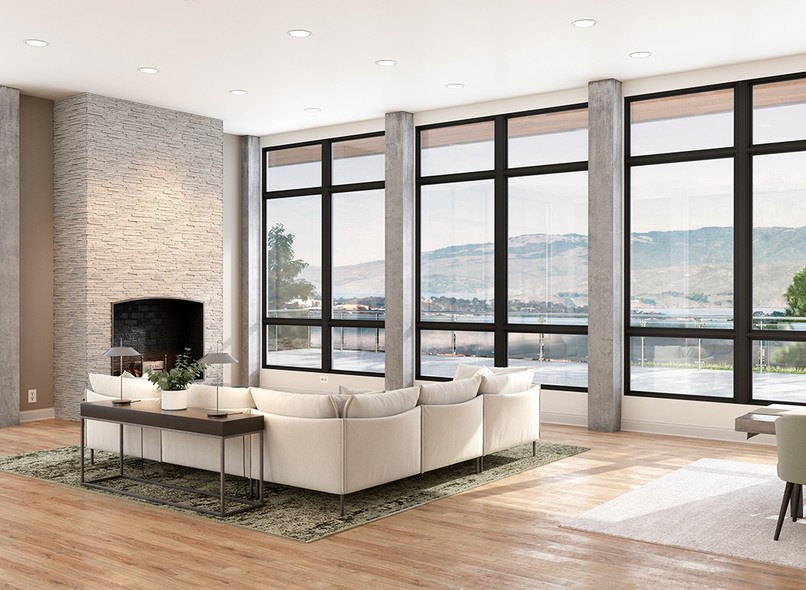
Fiberglass Window Longevity
Expected lifespan: 25-40 years
- Premium fiberglass: 30-40 years
- Standard fiberglass: 25-30 years
- Dimensional stability provides longest life
Why fiberglass lasts longer:
- Expands and contracts with glass
- Extremely durable in all climates
- Resistant to moisture and temperature extremes
- Maintains structural integrity over decades
Fiberglass replacement timeline:
- Often outlasts other window components
- Hardware may need replacement before frames
- Energy efficiency upgrades may drive replacement
- Aesthetic updates rather than necessity
Signs It’s Time for Window Replacement
Performance-Related Warning Signs
Energy efficiency problems:
- Noticeable drafts around windows
- Ice formation on interior glass
- Difficulty maintaining comfortable temperatures
- Rising heating and cooling bills
Condensation issues:
- Moisture between double-pane glass
- Excessive condensation on interior surfaces
- Water stains around window frames
- Mold or mildew growth near windows
Operational problems:
- Windows difficult to open or close
- Sashes won’t stay open without support
- Locks don’t engage properly
- Rattling during wind or operation
Structural Deterioration Signs
Frame damage indicators:
- Visible rot in wood frames
- Cracks or gaps in frame joints
- Warping or sagging window frames
- Paint peeling despite recent maintenance
Glass and seal problems:
- Cracked or broken glass panes
- Failed seals in insulated units
- Scratched or cloudy glass
- Missing or damaged glazing compound
Hardware failure:
- Broken window cranks or handles
- Worn weatherstripping that won’t seal
- Damaged or missing window locks
- Corroded or painted-shut hardware
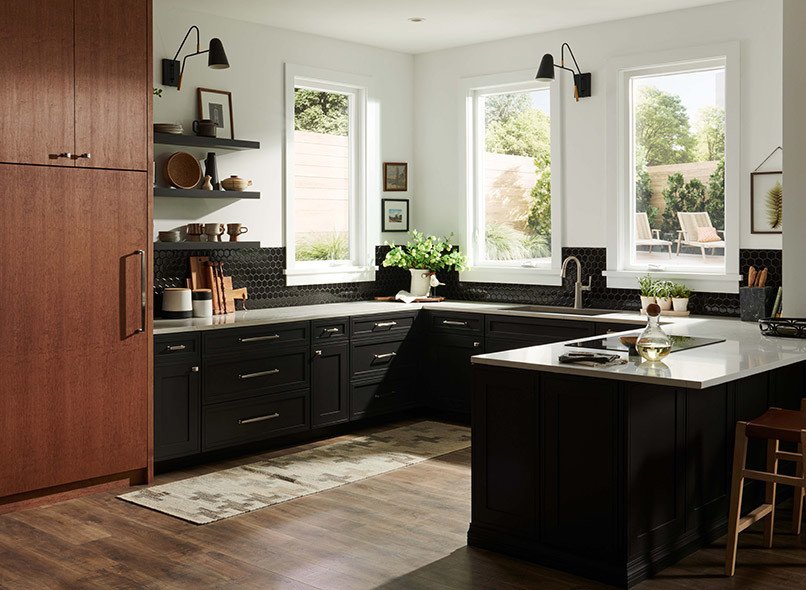
Factors That Affect Window Lifespan
Climate and Environmental Impact
Harsh weather effects:
- Extreme temperature swings stress seals and frames
- High winds put pressure on window structures
- UV exposure degrades materials over time
- Salt air accelerates corrosion in coastal areas
Moisture and humidity:
- High humidity areas stress seals and weatherstripping
- Frequent rain tests waterproofing systems
- Ice and snow loading affects frame integrity
- Poor drainage accelerates deterioration
Installation Quality Impact
Professional installation extends life:
- Proper flashing prevents water damage
- Correct shimming prevents frame stress
- Quality sealants and insulation reduce problems
- Code-compliant installation ensures performance
Poor installation shortens lifespan:
- Water infiltration causes rapid deterioration
- Improper support leads to frame distortion
- Inadequate sealing creates drafts and moisture problems
- Structural stress causes premature failure
Maintenance Frequency Effects
Regular maintenance benefits:
- Annual cleaning extends hardware life
- Prompt repairs prevent small problems from becoming major
- Weatherstripping replacement maintains energy efficiency
- Proper lubrication keeps windows operating smoothly
Neglected maintenance consequences:
- Minor problems become expensive repairs
- Seal failures lead to energy loss
- Hardware deterioration affects operation
- Water damage can require complete replacement
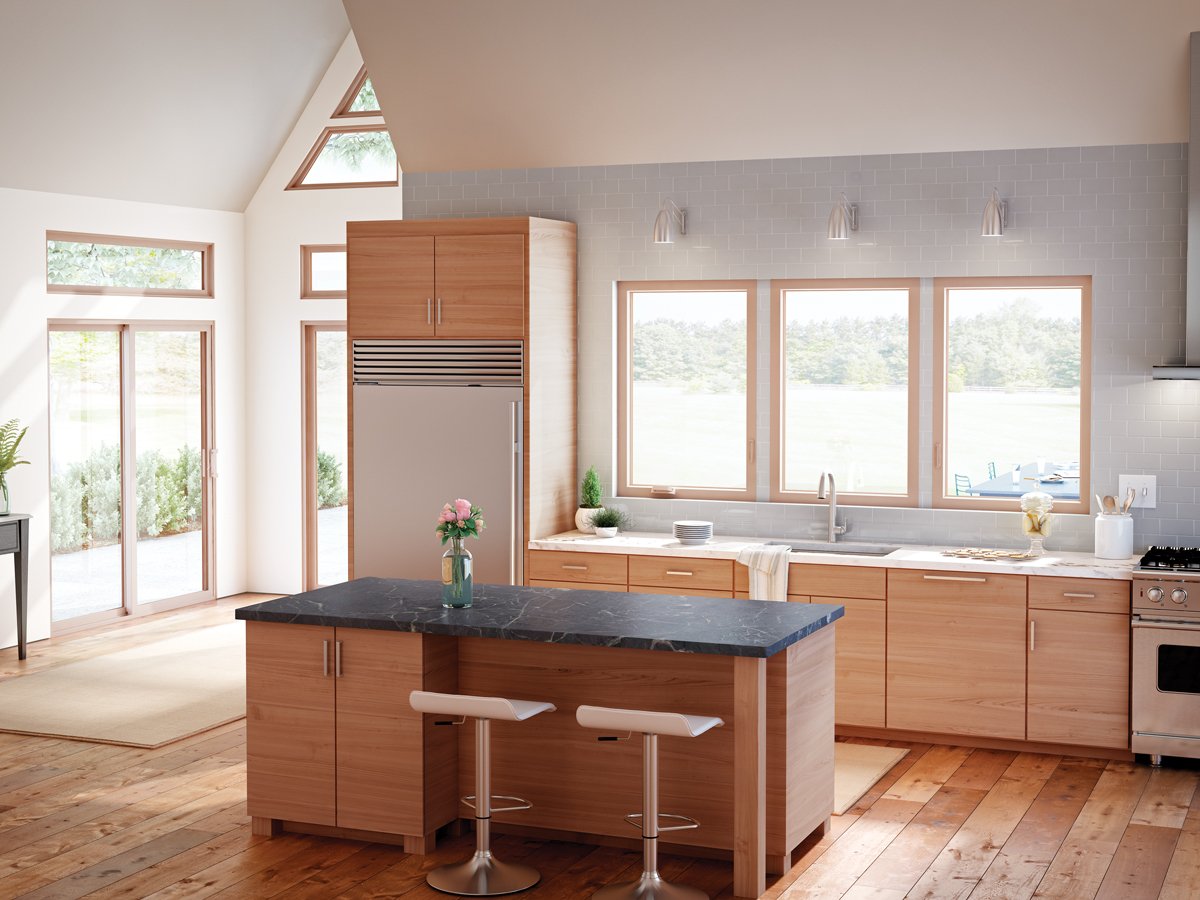
Age-Based Replacement Guidelines
Windows 10-15 Years Old
Assessment priorities:
- Check seal integrity and energy performance
- Evaluate operation and hardware condition
- Look for early signs of material deterioration
- Consider maintenance vs. replacement costs
Common issues at this age:
- Weatherstripping may need replacement
- Hardware adjustment or lubrication needed
- Minor seal failures possible
- Energy efficiency below current standards
Decision factors:
- Cost of repairs vs. replacement
- Energy efficiency improvement potential
- Aesthetic updates desired
- Budget and timing considerations
Windows 15-25 Years Old
Typical replacement candidates:
- Single-pane windows for energy efficiency
- Windows with multiple seal failures
- Units with operation problems
- Frames showing wear or damage
Evaluation considerations:
- Energy cost savings from replacement
- Comfort improvements available
- Maintenance requirements increasing
- Technology improvements since installation
Windows Over 25 Years Old
Strong replacement candidates:
- Almost certainly outdated energy performance
- Multiple system failures likely
- Maintenance costs becoming significant
- Safety and security improvements available
Benefits of replacement:
- Modern energy efficiency standards
- Improved comfort and convenience
- Enhanced security features
- Updated aesthetics and functionality
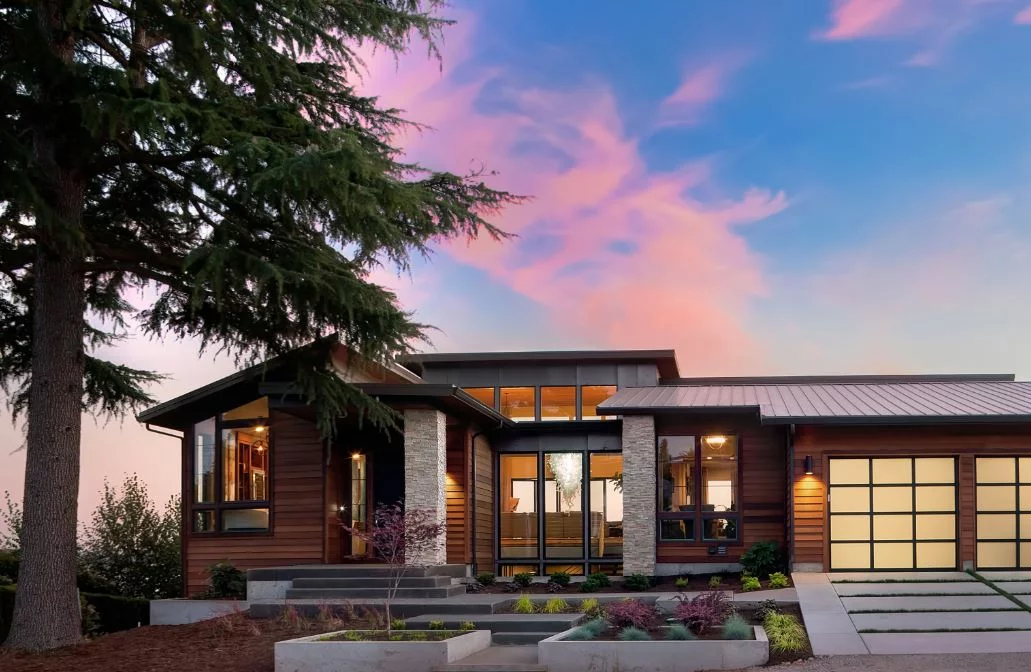
Extending Window Life Through Maintenance
Annual Maintenance Tasks
Spring maintenance checklist:
- Clean window tracks and drainage holes
- Inspect and replace weatherstripping as needed
- Lubricate hinges, cranks, and locking mechanisms
- Check caulking around window frames
Fall preparation tasks:
- Test window operation before heating season
- Install storm windows if applicable
- Check for air leaks and seal gaps
- Inspect glass for cracks or damage
Professional Maintenance Services
When to hire professionals:
- Seal replacement in insulated units
- Hardware adjustment or replacement
- Frame repairs or refinishing
- Energy efficiency assessments
Professional maintenance benefits:
- Expert diagnosis of developing problems
- Access to specialized tools and materials
- Warranty coverage for repair work
- Safety for high or difficult-to-reach windows
DIY Maintenance Capabilities
Homeowner-friendly tasks:
- Regular cleaning of glass and frames
- Weatherstripping replacement
- Basic hardware lubrication
- Minor caulking and sealing
When to avoid DIY:
- Glass replacement or repair
- Structural frame modifications
- Electrical work near windows
- High-altitude or dangerous locations
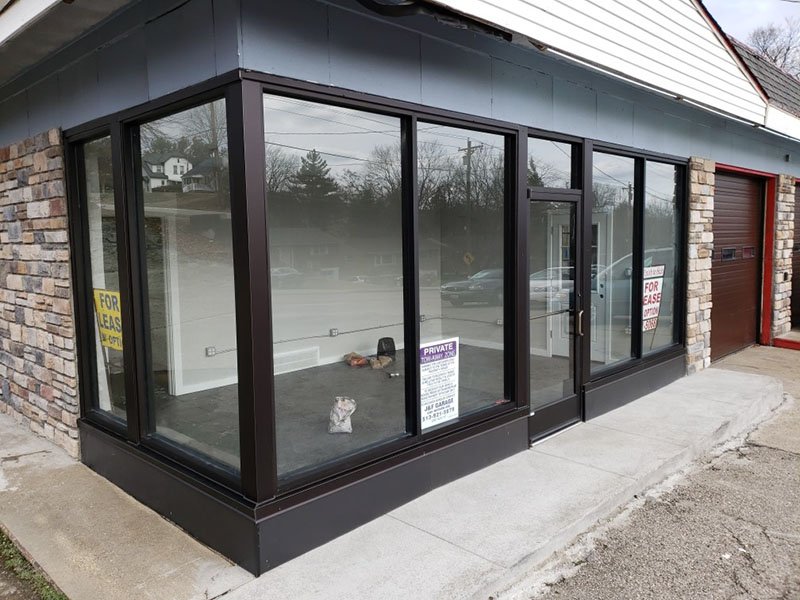
Planning Your Window Replacement Timeline
Proactive Replacement Strategies
Benefits of planned replacement:
- Better pricing through advance planning
- Seasonal installation timing
- Coordinated home improvement projects
- Avoiding emergency replacement costs
Optimal timing considerations:
- Replace before complete failure
- Coordinate with other exterior work
- Take advantage of rebates and incentives
- Schedule during favorable weather
Emergency vs. Planned Replacement
Emergency replacement drawbacks:
- Limited product selection
- Higher costs due to urgency
- Inconvenient timing
- Potential weather exposure
Planned replacement advantages:
- Research time for best products
- Multiple contractor bids
- Seasonal pricing benefits
- Coordinated installation scheduling
Partial vs. Complete Replacement
When partial replacement works:
- Different window ages throughout home
- Budget constraints requiring phased approach
- Different exposure conditions affecting lifespan
- Specific problem windows needing immediate attention
Benefits of complete replacement:
- Consistent energy performance throughout home
- Volume pricing advantages
- Uniform appearance and operation
- Single installation disruption
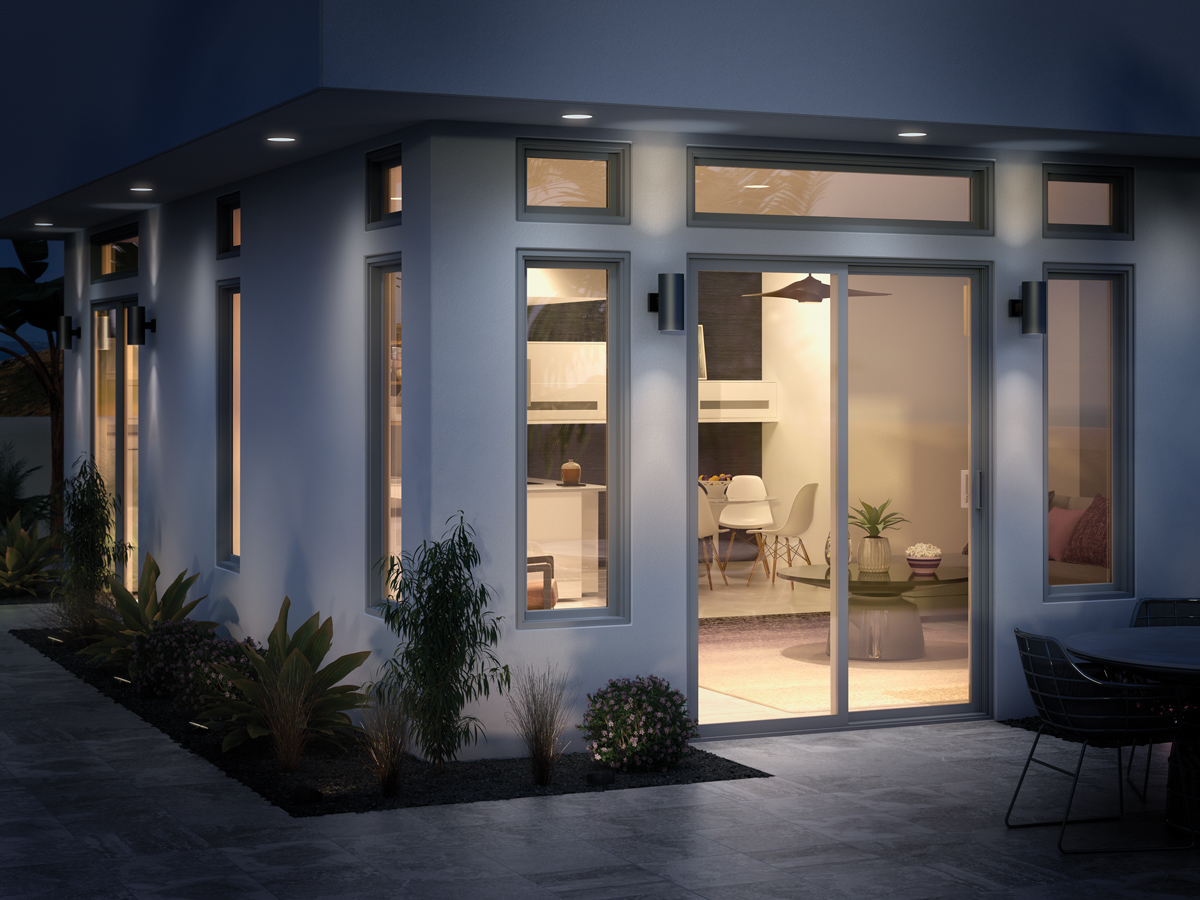
Cost Considerations for Replacement Timing
Repair vs. Replace Economics
When repairs make sense:
- Windows under 10 years old with minor problems
- Single-issue problems (hardware, weatherstripping)
- High-quality windows with isolated failures
- Budget constraints preventing replacement
When replacement is more economical:
- Multiple simultaneous problems
- Repair costs exceeding 50% of replacement cost
- Energy savings offsetting replacement costs
- Safety or security concerns with existing windows
Energy Efficiency Payback
Factors affecting payback period:
- Current energy costs and efficiency
- Climate and heating/cooling demands
- Utility rebates and tax incentives
- Window performance improvements available
Typical payback scenarios:
- Single to double-pane: 5-10 years
- Old double-pane to modern: 8-15 years
- Standard to high-performance: 10-20 years
Financing Replacement Projects
Options for managing costs:
- Home equity loans for major projects
- Manufacturer financing programs
- Utility rebate programs
- Tax credits for energy improvements
Budget planning strategies:
- Phased replacement over multiple years
- Coordination with other home improvements
- Seasonal pricing advantages
- Volume discounts for complete replacement
Making the Replacement Decision
Assessment Questions to Ask
Performance evaluation:
- Are current windows meeting comfort needs?
- How much are energy costs attributed to windows?
- What maintenance issues are recurring?
- How do current windows affect home value?
Future planning considerations:
- How long do you plan to stay in the home?
- What other home improvements are planned?
- Are there changing family needs affecting window requirements?
- What budget is available for window improvements?
Professional Assessment Value
Benefits of expert evaluation:
- Objective analysis of window condition
- Energy efficiency testing and measurement
- Repair vs. replace recommendations
- Cost-benefit analysis for different options
What professionals evaluate:
- Structural integrity and safety
- Energy performance and air leakage
- Operation and hardware condition
- Aesthetic and functional improvements available
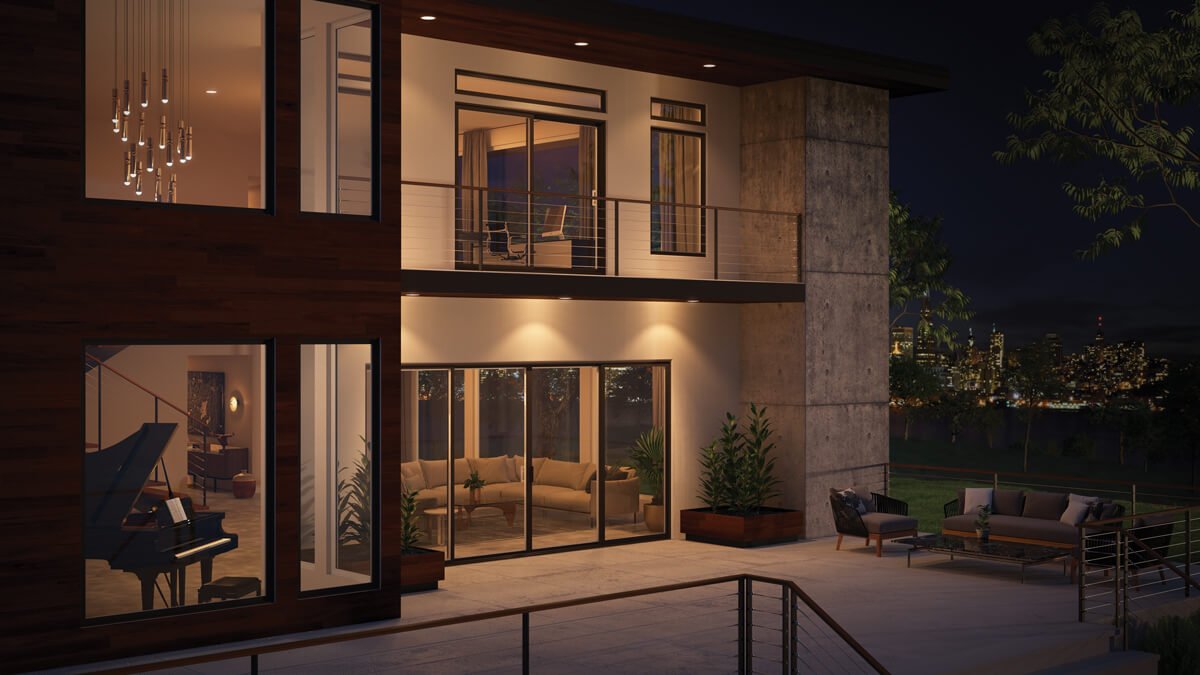
The Bottom Line
Window replacement timing depends on multiple factors including age, condition, energy performance, and maintenance costs. While quality windows can last 20-30 years with proper care, don’t wait for complete failure to consider replacement. Energy efficiency improvements, comfort enhancements, and maintenance savings often justify replacement before windows reach the end of their structural life.
The key is regular assessment of window performance and condition, combined with understanding of available improvements and cost-benefit analysis. Proactive replacement typically provides better results and value than waiting for emergency situations.
Consider professional evaluation if you’re unsure about timing, especially for windows approaching 15-20 years of age or showing signs of performance degradation. The investment in new windows often pays for itself through energy savings, comfort improvements, and reduced maintenance costs.
At Utah Window Experts, we provide comprehensive window assessments to help homeowners determine optimal replacement timing. Our experienced team evaluates window condition, energy performance, and cost-benefit analysis to recommend the best timing and solutions for your specific situation and budget.